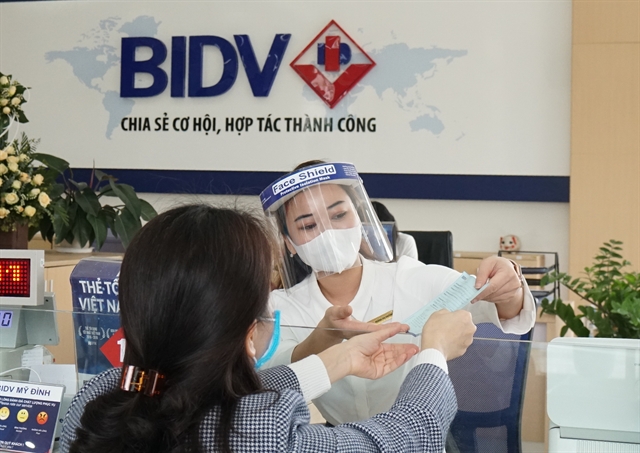
HÀ NỘI — Low capitalisation levels are likely to remain a credit weakness for rated Vietnamese banks as rapid loan growth will make it challenging to raise capital adequacy ratios (CARs) in the next two to three years, according to Fitch Ratings.
In a report released recently, the rating agency said the capitalisation of Việt Nam’s banking sector has improved gradually in recent years amid rising profitability and banks’ capital raising efforts. Fitch estimates that the banks that are still to become Basel II compliant need only about US$0.6 billion of new capital to meet the local Basel II minimum CAR requirement of 8 per cent before the implementation deadline in January 2023.
“However, we calculate that the banking system’s additional capital needs would rise to as much as $10.7 billion (2.9 per cent of GDP) if banks were to raise their loan-loss reserves to cover potential losses from all problem loans, while simultaneously maintaining average CARs at 10 per cent. State banks drive much of the shortfall, due to their lower capital positions.”
“We expect Việt Nam’s capitalisation levels will remain thin. The average CAR of Basel II compliant State-owned and private sector banks stood at 9.2 per cent and 11.4 per cent, respectively, at end Q3 2021. Thin capitalisation will partly reflect rapid credit growth, which we expect most Vietnamese banks to pursue in the medium-term, given their heightened risk appetites. Sustained high loan growth could eventually exacerbate asset-quality problems, especially in the event of a severe economic downturn,” Fitch said in the report.
According to Fitch, the capital accumulation has been low, despite the strong profitability many domestic banks have reported in recent years. This is because most of the rise in retained earnings was consumed by rapid loan growth.
Fitch said the State Bank of Việt Nam’s credit growth target remains at a high 14 per cent for 2022 (2017-2021 average: 14 per cent), indicating that the system capital ratio is not likely to improve quickly. This is especially true if restrictions on cash dividends, in place since March 2020, are relaxed.
Fitch could assess most Vietnamese banks’ viability ratings a notch higher if their core capital ratios were 2-3 percentage points higher. However, the rating agency believes that, except for those banks raising external capital, organic improvements are likely to remain modest in the near term, in spite of rising profitability.
“We expect banks to retain a penchant for similar growth rates in the medium-term as they ride on Việt Nam’s robust economic growth outlook,” Fitch said. — VnExpress News
- Reduce Hair Loss with PURA D’OR Gold Label Shampoo
- Castor Oil Has Made a “Huge” Difference With Hair and Brow Growth
- Excessive hair loss in men: Signs of illness that cannot be subjective
- Dịch Vụ SEO Website ở Los Angeles, CA: đưa trang web doanh nghiệp bạn lên top Google
- Nails Salon Sierra Madre
 VnExpress News The News Gateway of Vietnam
VnExpress News The News Gateway of Vietnam




